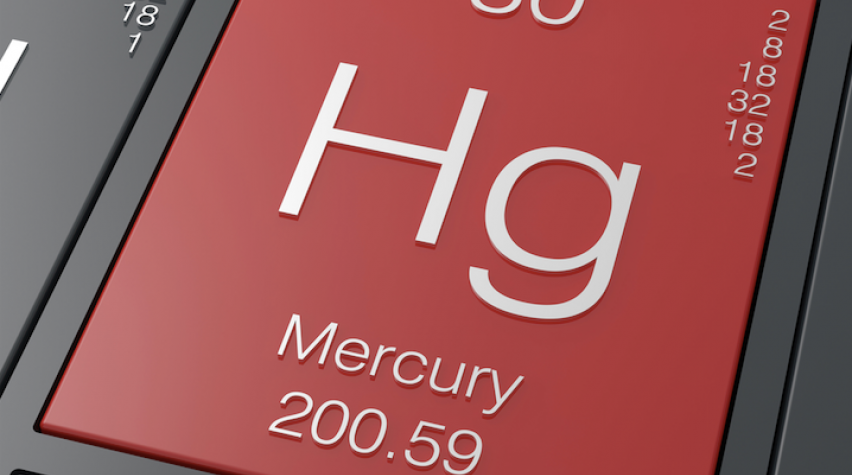

Removal of mercury from the combustion air stream at a coal-fired power plant is one of the most sensitive and challenging tasks of pollution control. Several approaches can be utilized, however each has its own idiosyncrasies and complications, which makes the effective control of mercury emissions an engineering problem of the first order. Dr. Noah Meeks of the Southern Company discussed mercury removal strategies in his presentation on Monday.
Oxidation in the selective catalytic reactor (SCR)
An SCR is a pollution control device to reduce the level of NOx (NO, NO2, etc.) in the combustion exhaust. SCR's are typically oxidizing feed ammonia (NH3) and reducing the NOx to form nitrogen at temperatures of 700?F and achieving 50-90% NOx reductions. An SCR addition to an existing plant usually requires a significant retrofit due to the number (19 million cells!) of the catalyst "packs" needed. The same oxidation process can be used to convert elemental mercury (to HgCl, for example) to allow precipitation in the wet scrubber, either a spray tower absorber or a Chiyoda jet bubbling reactor type. Capture by the scrubber is typically quite effective. However, spikes in sulfur and iron in the scrubber solution can cause the mercury to revert back to its reduced state and essentially "re-emit." There are also corrosion concerns due to the halogen content. The disposal of the spent scrubber liquid can be problematic and costly. The net result of course, is that mercury has been removed as an air contaminant and returned as a water contaminant.
Sorption on powdered activate carbon (PAC)

Some elemental mercury can also be reduced by adsorption on a particle, such as carbon. PAC is used as an SO3 control tool, often with an injection with lime for better results. Adsorption of the mercury here can be a tricky step, as improperly controlled SO3 can interfere with the adsorption process. It may also become an issue, being considered a contaminant in the fly ash (where the carbon will be collected) that may reduce the ash commercial value. There are also developing strategies of other co-benefit treatments with electrostatic precipitators (ESP), flue gas desulfurization (FGD) scrubbers, SCRs and even specially treated bags in the baghouse dust collection systems.

Ongoing removal technologies work continues at the Southern Company's Mercury Research Center. The center houses multiple pilot plants allowing the testing of various new mercury control technologies. Contact Dr. Noah Meeks for additional information at ndmeeks@southernco.com


